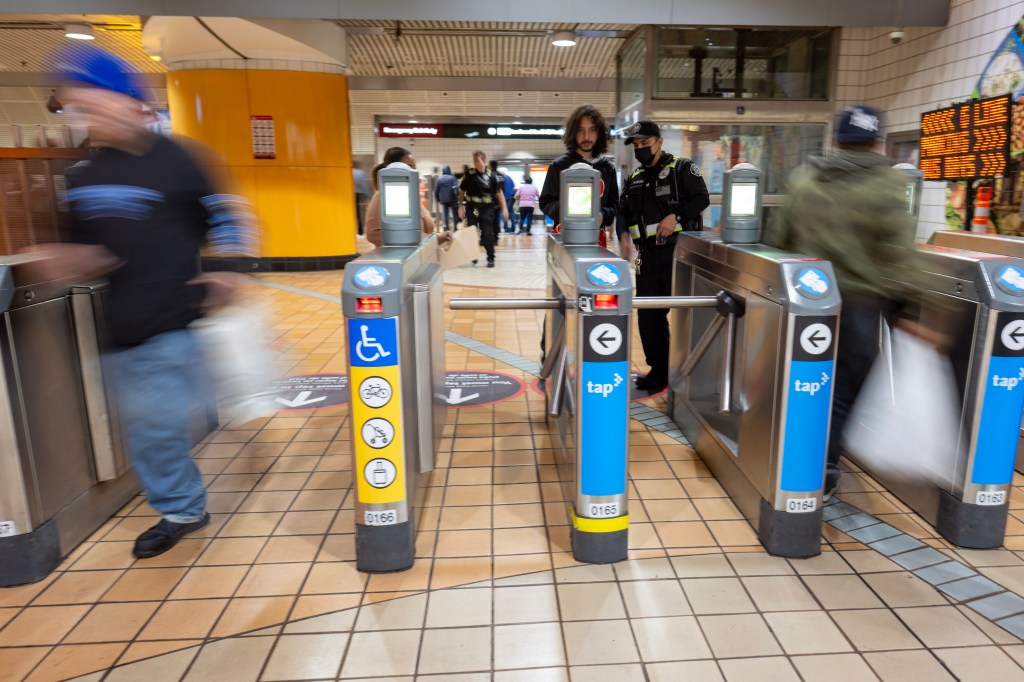Metal detectors. Taller gates to prevent fare jumpers. Ten more rail stations requiring that riders “tap to exit” to prove they’ve paid their fare.
These are some of the new technological safety barriers approved by the 13-member LA Metro board on Thursday, July 25, in an effort to reduce crime on the county’s vast system of trains and buses by controlling access and scanning potential riders for knives, guns or other weapons.
“It sends a clear message to our riders and employees we are serious about their safety and we are intent on righting the ship,” said Fifth District LA County Supervisor and Metro board member Kathryn Barger, who led the effort.
Many of the new screening technologies will be tried out at various rail stations for at least a month, then evaluated by looking at complaints and actual crime statistics, said Robert Gummer, deputy chief of Metro’s System Security & Law Enforcement. Some would be permanent changes to the rail infrastructure to prevent non-paying riders from jumping past turnstiles.
The board approved other safety-related measures including an expansion of a program that keeps rail station elevator doors open so people can’t hide inside and use the elevators for criminal activities. The board also approved expanding a smart toilet pilot program from 10 locations to 64 stations for the next four years.
The new programs will cost about $65.1 million, Metro reported.
One of the most dramatic changes involves the use of metal detectors. If these systems become permanent, rail passengers will have to pass through archways containing scanners before getting on a train, similar to those used at airports, concert venues and sports stadiums.
One system uses Millimeter Wave Technology in which high-frequency radio waves are bounced off the body to detect concealed objects. The technology sends digital images to security personnel in real-time. A similar method, the dual lane system, uses advanced sensors and Artificial Intelligence…
Read the full article here







